Here are fascinating facts about Assam, a beautiful and culturally rich state in Northeast India:
Let’s take a trip to the northeast of India—no passport needed, just a little curiosity. Welcome to Assam, a land where the air smells like fresh tea, the rivers tell ancient stories, and the landscapes look like they were painted by the gods themselves. If you’ve never been to Assam, prepare to fall in love. And if you’ve been there already, well, you know exactly what I’m talking about.
So sit back, grab a cup of—you guessed it—Assam tea, and let’s dive into what makes this state a place worth talking (and dreaming) about.
Where in the World is Assam?
Assam is tucked away in the northeastern part of India, sharing borders with Bhutan and Bangladesh, as well as the Indian states of Arunachal Pradesh, Nagaland, Manipur, Meghalaya, Tripura, Mizoram, and West Bengal. It sits right in the heart of the famous “Seven Sisters” of the Northeast.
The mighty Brahmaputra River flows through it like a silver ribbon, shaping the land, feeding the farms, and giving life to millions. Trust me, if rivers could talk, the Brahmaputra would have some legendary tales to tell.
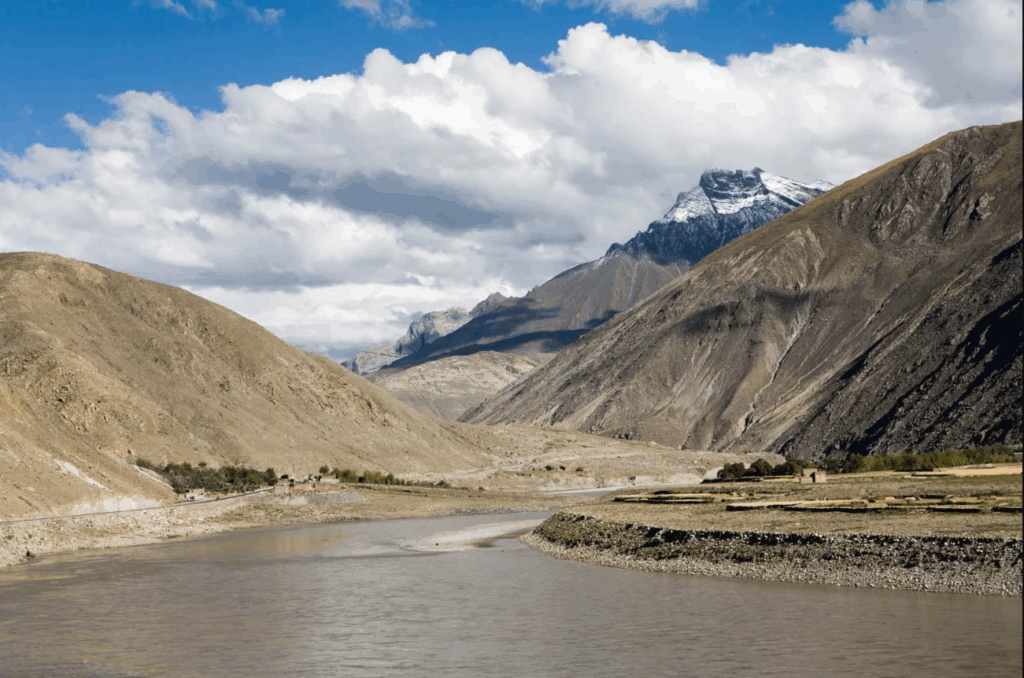
Nature at Its Wildest and Finest
Assam is basically Mother Nature showing off.
Let’s start with Kaziranga National Park, home to the famous one-horned rhinoceros. This place is a real-life Jurassic Park (minus the dinosaurs), where you can also spot tigers, elephants, wild buffaloes, and a birdwatcher’s dream collection of feathered friends. It’s a UNESCO World Heritage Site, and for good reason.
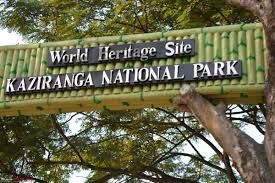
Then there’s Manas National Park, another gem where nature and adventure walk hand-in-hand. You’ve got dense forests, flowing rivers, and endangered species all coexisting peacefully. It’s the kind of place where your phone signal disappears, but your connection to nature goes through the roof.
And don’t even get me started on the lush green hills, gushing waterfalls, and misty mornings. If you’re a nature junkie, Assam is your paradise.
Sip Happens: The Assam Tea Story
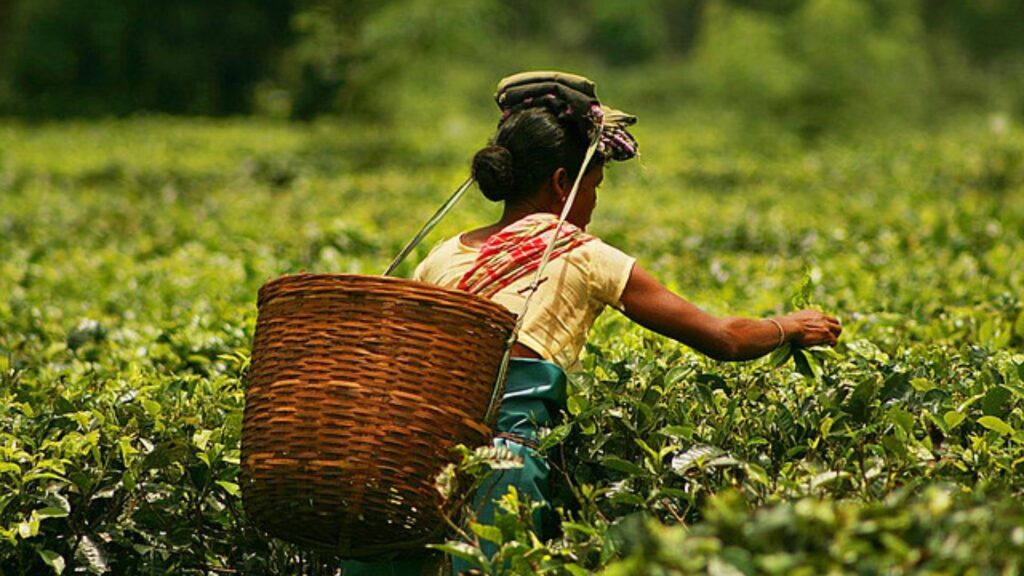
You can’t talk about Assam without mentioning tea. This state is one of the largest tea producers in the world, and it’s not just any tea—it’s bold, strong, and full of flavor, just like the people who grow it.
Drive through Jorhat, Dibrugarh, or Tezpur, and you’ll see endless green tea gardens stretching to the horizon. It’s calming, mesmerizing, and very Instagram-worthy.
Tea isn’t just a drink here; it’s a way of life. The whole rhythm of rural Assam beats to the sound of tea leaves being plucked, dried, and brewed. And if you ever get a chance to sip freshly brewed Assam tea right in the middle of a tea garden—trust me, it’s a vibe.
A Melting Pot of Culture and Traditions
Assam’s culture is a beautiful blend of tribal traditions, ancient customs, and modern flair.
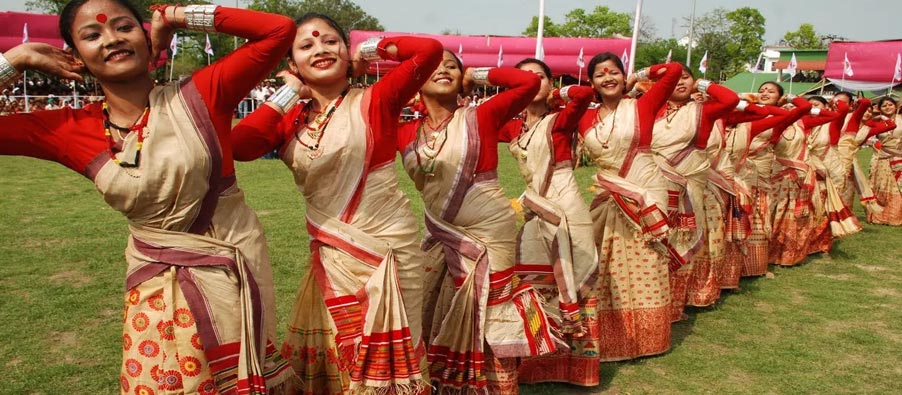
At the heart of it all is Bihu—not just a festival, but an emotion. There are actually three Bihus: Rongali Bihu (spring), Bhogali Bihu (harvest), and Kangali Bihu (solemn). The most famous one is Rongali Bihu, a celebration of life, love, and laughter. People dance the traditional Bihu dance, play the dhol (drum), and sing songs that are as vibrant as the state itself.
You’ll also find a strong influence of Vaishnavism thanks to Srimanta Sankardev, a 15th-century saint who brought a wave of spiritual and cultural awakening. He introduced Sattras (monasteries) and Namghars (prayer halls) that still serve as cultural and spiritual hubs.
And let’s not forget the ethnic diversity. From Ahoms, Bodos, Mishings, Karbis, to Tea Tribes, Assam is a beautiful mosaic of communities, each with its own language, cuisine, and customs. It’s like traveling through multiple countries without ever leaving the state.
Assam’s Language, Music & Dance
The main language spoken here is Assamese, but depending on where you are, you might hear Bodo, Karbi, Bengali, or other dialects too. It’s a symphony of sounds that tells you exactly how diverse this place is.
Assamese music has a unique charm. From classical devotional songs called Borgeet to modern pop tracks, music in Assam is soulful, rhythmic, and catchy.
And the dances? Oh man, Bihu dance is like a burst of joy. It’s all about quick footwork, graceful hand movements, and beaming smiles. It’s one of those things that instantly lifts your mood, whether you’re watching or dancing.
Food Goals: What’s on the Plate?
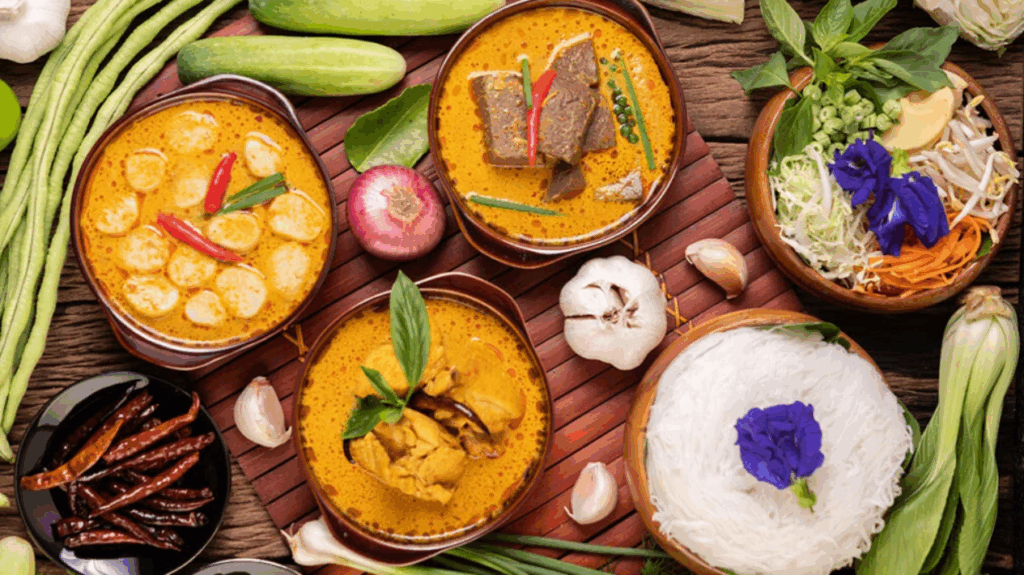
Assamese food doesn’t get enough credit—and that needs to change ASAP.
Start with a basic but delicious thali (plate) that includes rice, dal, mashed potatoes, vegetables, fish curry, and the magical addition called “tenga” (sour fish curry). The flavors are subtle, earthy, and satisfying.
Then there are things like:
- Khar – a unique alkaline dish made with raw papaya and pulses
- Masor Tenga – tangy fish curry that hits the spot on a hot day
- Duck curry – yes, duck! Often cooked with ash gourd or sesame
- Pithas – rice cakes and sweets made especially during Bihu
And let’s not forget bamboo shoot, local herbs, and smoked meats that you’ll often find in tribal kitchens. It’s all organic, local, and packed with flavor.
Majuli: The World’s Largest River Island
Want to visit somewhere truly unique? Head to Majuli, the world’s largest river island, located on the Brahmaputra. It’s a peaceful land of monasteries, art, and unmatched beauty.
The island is home to several Sattras, where monks practice art, music, dance, and drama. Majuli is also under constant threat from river erosion, so visiting it feels like stepping into something timeless and fragile at once.
Guwahati: The Gateway to the Northeast
No trip to Assam is complete without a stop in Guwahati, the biggest city and the buzzing heart of the state.
From the sacred Kamakhya Temple to the modern cafes lining GS Road, Guwahati is where the ancient and modern hang out together. Cruise on the Brahmaputra at sunset, shop for Muga silk in local markets, and grab some momos from a street vendor. Life’s good here.
Challenges and Resilience
Assam has faced its share of challenges—floods, political unrest, economic hurdles—but the spirit of the people here is unbreakable.
Every year, the Brahmaputra floods its banks, but the people bounce back, rebuild, and keep going. There’s something deeply admirable about the quiet strength and resilience that defines Assamese life.
Why Assam Stays With You
Assam is not flashy or in-your-face. It doesn’t scream for attention like some touristy places do. Instead, it whispers stories, hugs you with its greenery, and feeds your soul with its warmth.
It’s where nature, culture, history, and people come together in the most authentic way possible. From tea gardens to tribal dances, from temple bells to the call of wild birds—Assam is a place that lives in your memory long after you’ve left.
So, What Are You Waiting For?
If you’ve never been to Assam, it’s time to put it on your bucket list. And if you’ve already been? Well, chances are you’re already planning your next visit.
Because Assam isn’t just a destination—it’s a feeling.

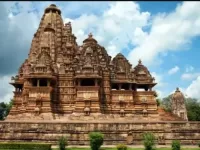











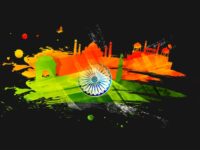







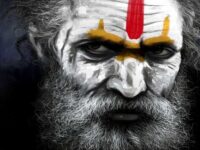







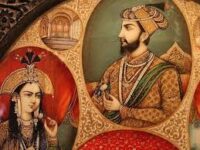
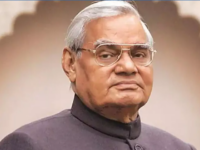


















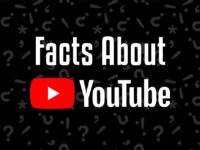

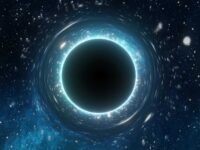









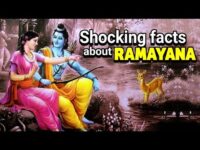

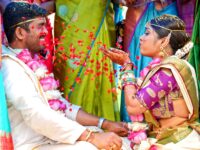



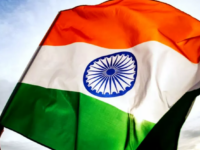
















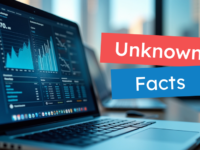
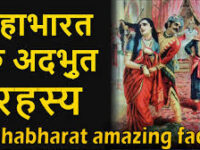

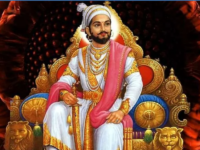


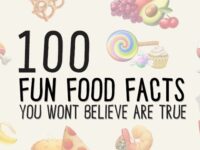
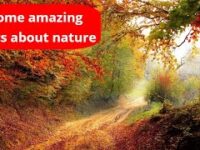







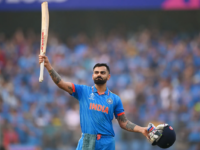




0 Comments